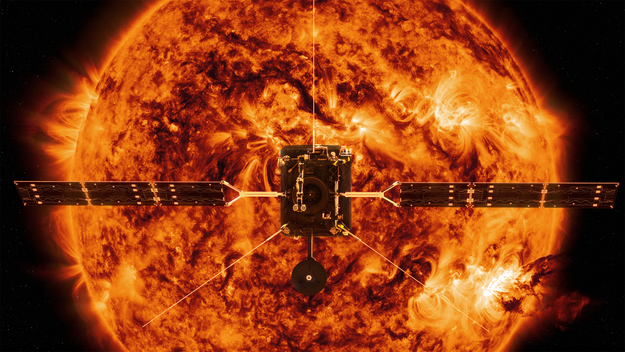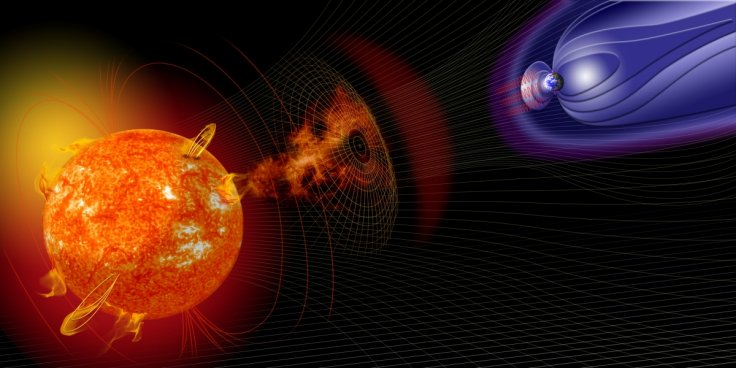The European Space Agency (ESA) is preparing to launch a mission to the Sun with the help of NASA. Since the mission will observe the Sun from a different angle, the agencies are hoping to learn more about the star's magnetic field and solar activities.
The mission, which is called Solar Orbiter, will be launched on Feb. 5 from the Cape Canaveral Air Force Station. It is equipped with various scientific instruments that it will use to study the Sun.

Solar Orbiter Vs. Parker Solar Probe
The Solar Orbiter mission will be primarily led by ESA with support from NASA. It will follow in the footsteps of NASA's Parker Solar Probe (PSP), which is currently the only spacecraft in history that was able to approach the Sun from a close distance of 24 million kilometres. The goal of the spacecraft is to approach the Sun from a distance of 6 million kilometres.
Unlike the PSP, the Solar Orbiter won't carry out Sun-kissing maneuvers. Although it will only observe the Sun from safe distances, it will be able to observe the giant star directly, which is something the PSP is not capable of doing. This means the Solar Orbiter could provide clearer and more detailed observations of the Sun than the PSP.

Understanding The Sun's Magnetic Field And Solar Weather
Aside from this, the Solar Orbiter will follow a different path instead of staying in the ecliptic plane. This is the region where the planets in the Solar System orbit around the Sun. According to scientists involved in the mission, going on a different route will enable the Solar Orbiter to observe the Sun from a different and new perspective. They are hoping that this will allow the probe to capture the first images of the Sun's poles, which can provide valuable information regarding the star's magnetic field. Learning more about the Sun's magnetic field can provide a deeper understanding of space weather and the nature of solar storms.
"We've never been able to image the poles of the Sun," Holly Gilbert, NASA's deputy project scientist for the mission said in a statement. "That is extremely important for helioseismology, but also for looking at the global magnetic field of the Sun. In order to model space weather activity and activity in general on the Sun, we need that full global picture of the magnetic field.









